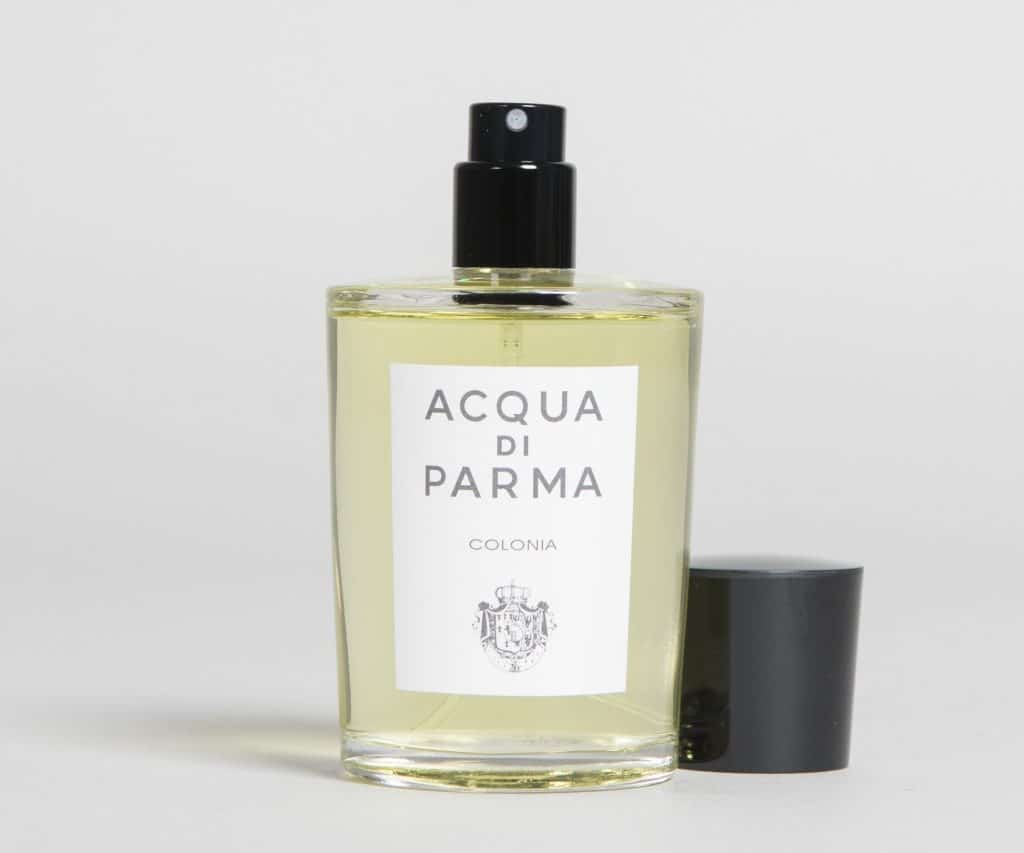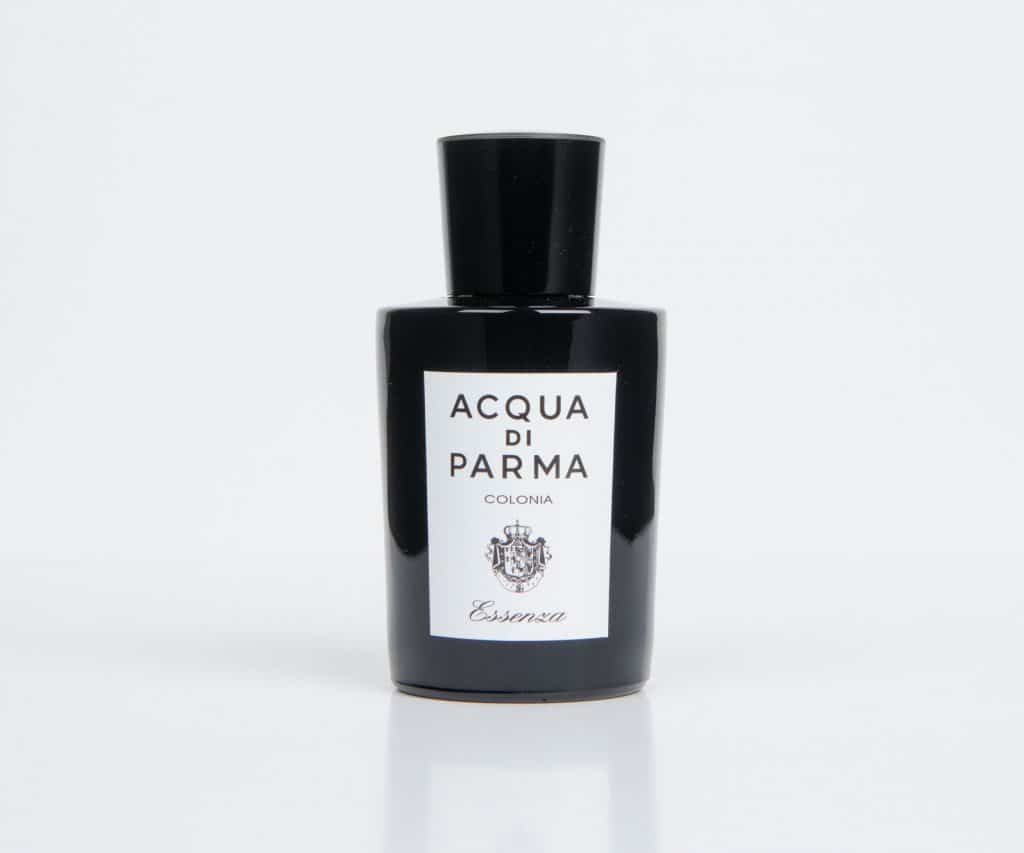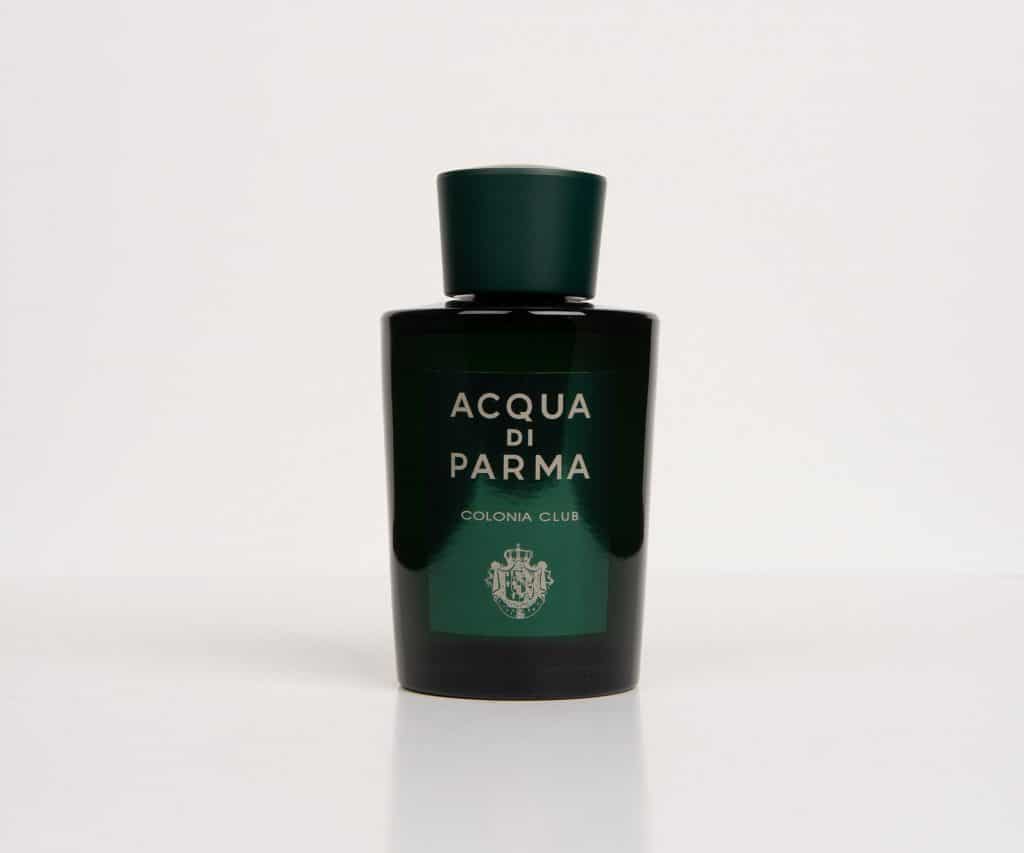
The year is 1916 and it’s a humid spring afternoon in Northern Italy. Just shy of the mountains, and 70 miles from the nearest coastline, the city of Parma is beginning to heat up. An abundance of buildings with Greek and Roman origins, characteristically pastel yellow tones, and Gothic, Renaissance golden- era churches line the streets. Parma’s narrow and cobbled pavements are a heat trap, forcing its inhabitants in doors and into the shade, which offers some – if minimal – relief from the heat. Nonna’s watch from windows high up, peering round green shutters.
Working quietly over a desk adorned with various liquids and beakers, one Mr. Magnani stumbles across a world first. He is a perfumist: an artistic job afforded to him by his nobility. The son of Girolamo Magnani, a famous set designer known for designing the inside of Parma’s Royal Theatre, Magnani Jr. has dedicated his life to the arts. His perfume, unlike perfumes of the time, which tended to be heavy and dense – strong smelling, affirmative, almost oppressive – was unusually light, floating whimsically on the wearer. It was the perfect antidote to the city’s greenhouse nature.
Magnani’s inventions soon became the talk of the town, coating the city’s rich and aristocratic celebrities and soon found immense success in export. Acqua di Parma became a symbol of Italy’s sun and soul, representative of a carefree lifestyle. It was Italy personified.
Fast forward more than 100 years and the brand continues to achieve success. The brand has home and leather collections, and of course, an expanded range of perfumes, all building on Italy’s rich history as champions of craft.
Acqua di Palma’s standout perfume is Colonia – reportedly with very minimal change since its inception in 1916. The fragrance encapsulates Italian eclecticism; Sicilian citrus, floral lavender and damask are driven by base notes of sandalwood. There are various tweaks, such as Essenza, a headier, amber-infused variation, and Club, with fresher, mintier elements. Imagine Creme de Menthe balanced with Fernet-Branca. The height of Italian sophistication.
All of the above fragrances are available at Pockets.


